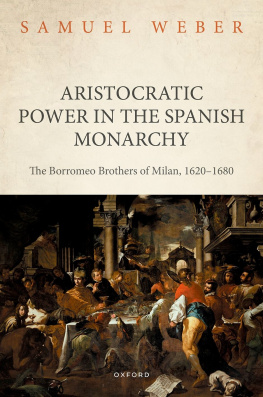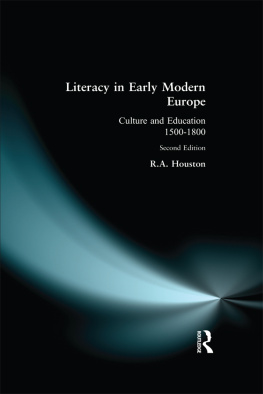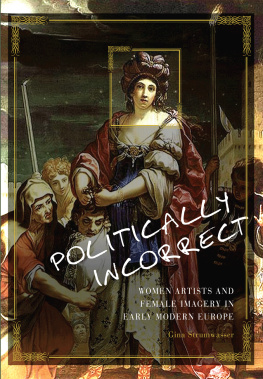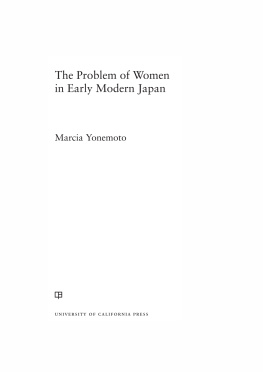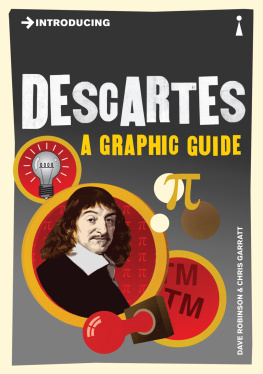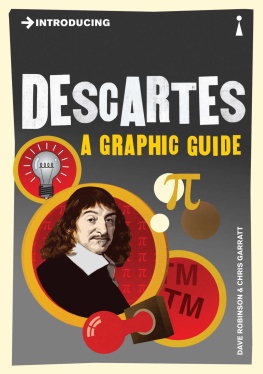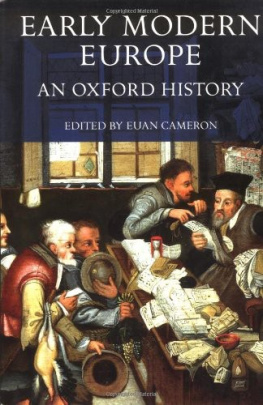Dissimulation and the Culture of Secrecy in Early Modern Europe
The publisher gratefully acknowledges the generous support of the Ahmanson Foundation Humanities Endowment Fund of the University of California Press Foundation.
Dissimulation and the Culture of Secrecy in Early Modern Europe
Jon R. Snyder

University of California Press, one of the most distinguished university presses in the United States, enriches lives around the world by advancing scholarship in the humanities, social sciences, and natural sciences. Its activities are supported by the UC Press Foundation and by philanthropic contributions from individuals and institutions. For more information, visit www.ucpress.edu .
University of California Press
Berkeley and Los Angeles, California
University of California Press, Ltd.
London, England
2009 by The Regents of the University of California
Library of Congress Cataloging-in-Publication Data
Snyder, Jon R., 1954.
Dissimulation and the culture of secrecy in early modern Europe / Jon R. Snyder.
p. cm.
Includes bibliographical references and index.
ISBN 9780-520228191 (cloth : alk. paper)
1. ItalySocial life and customs16th century. 2. ItalySocial life and customs17th century. 3. ItalySocial life and customsSources. 4. SecrecySocial aspectsItalyHistory. 5. Truthfulness and falsehoodSocial aspectsItalyHistory. 6. Interpersonal communicationItalyHistory. 7. EuropeSocial life and customs. 8. SecrecySocial aspectsEuropeHistory. 9. Truthfulness and falsehoodSocial aspectsEuropeHistory. 10. Interpersonal communicationEuropeHistory. I. Title.
DG445.S64 2009
302.22094'0903dc22 | 2008050735 |
Manufactured in the United States of America
18 17 16 15 14 13 12 11 10 09
10 9 8 7 6 5 4 3 2 1
This book is printed on Cascades Enviro 100, a 100% post consumer waste, recycled, de-inked fiber. FSC recycled certified and processed chlorine free. It is acid free, Ecologo certified, and manufactured by BioGas energy.
In memory of my father, Asa Edward Snyder, and my mother, Jean Mosher Snyder
Qual ritratto della vita umana pi al naturale si pu trovar che lombra?
What more natural portrait of human life may be found than shadow?
Salvator Rosa, Il teatro della politica
Contents
The Age of Dissimulation
Civil and Moral Dissimulation
Dissimulation at Court
Dissimulation and Reason of State
Illustrations
PREFACE
Lost Horizons
Early in the seventeenth century the young Ren Descartes (15961650) wrote, Like an actor wearing a mask, I come forward, masked, on the stage of the world. Descartes may not, however, have understood the art of dissimulation as well as he claimed. A masked actor openly acknowledges the artifice of the stage, whereas the dissimulator does the opposite, announcing nothing and allowing no one to know even if a mask is or is not in use. For many inhabitants of early modern Europe, dissimulation was a compellingand often disturbingfeature of their lives, precisely because there was no way to detect with certainty its presence or absence in the world around them: it was at once everywhere and nowhere, and the dissimulator was like an evanescent homo bulla who would vanish into thin air without a trace, if one were to come too close. Cutting across many nations, cultures, languages, and institutions, this book examines early modern attitudes toward the shadowy art of dissimulation in the sixteenth and seventeenth centuries.
Dissimulation provoked conflicting and often powerful emotions in those who suspected it, as well as in those who wrote about it. As Louis Although there were those who for this very reason celebrated dissimulations defensive powers, many otherssuch as DOrlanswere deeply troubled by its capacity to establish an inviolable security zone around persons, making dissimulation one of the most controversial and contested of all the early modern virtues.
A book on early modern attitudes toward the art of dissimulation might be suspected of having something to hide. This preface, however, attempts to throw light on the methodological choices that were made in writing the present work. The title, Dissimulation and the Culture of Secrecy in Early Modern Europe, is perhaps the most logical place to start. Intellectual and cultural historians of Europe have long identified the period with which I am concerned, namely the years 15001700, as formative for the establishment of the modern state. In the pages that follow I do not, however, offer the reader a historical account of the development of the state security apparatus, from espionage and secret police services to technologies of surveillance and encryption. Nor do I consider the dissidents and underground religious groups who were targeted by repressive regimes during these same years. What I mean by the culture of secrecy is something quite different. The present book is concerned specifically with the emergence of a discourse on dissimulation among that these elites cultivated and disseminated the early modern discourse on dissimulation in order to legitimate or, in some cases, to critique their own highly disciplined practices of self-management and self-representation. If a secret involves not saying something that is or was, then dissimulation is a species of secrecy; and if it was one of the cornerstones of the Old Regime, as this book attempts to show, then the latter may be defined as a culture of secrecy.
The single most extensive body of scholarship on early modern dissimulation belongs to the French historian Jean-Pierre Cavaill. His prolific output of essays and editions concerning the early modern period led to the publication of Dis/simulations in 2002.
Cavaill sees the turn to dis/simulation between the sixteenth and seventeenth centuries as marking a shift toward secularization (from transcendence to immanence) in European culture.
Over and beyond the singularity of each work, Dis/simulations identifies other, broader issues raised by the early modern theory and practice of dis/simulation. First, there is a radical tension between the concern to publish the truth and that of protecting it by the development of justifiable procedures of dis/simulation, which in Cavaills view is no more and no less than a fundamental element of Western culture. If the church allows for the existence of legitimate secrets of the heart and mindand by definition the sacrament of confession deals in thesethen libertine culture draws from this the lessons needed for its conquest of a private, interior, autonomous secular conscience, withdrawn from institutional spiritual oversight.
Cavaills insights are invaluable for anyone working in the field of early modern studies, but the present book takes a fundamentally different direction. In his historical investigations of simulation and dissimulation, Cavaill starts from the premise that these two terms cannot be viewed in isolation from one another. Philosophically speaking, any coherent distinction between them cannot be sustained for long: hence the need to invent a term (dis/simulation) that can capture the essence of both at once. I have instead chosen to take very seriously the fact that, from the perspective of many early modern European writers, there was indeed a significant difference between simulation and dissimulation, which defined a conflict between distinct moral economies. Rarely were the two terms accorded the same treatment, or condemned in the same way: they were not Siamese but fraternal twins. Perhaps there was no logical foundation to this belief, as Cavaill contends, but it nevertheless informed the world of the Old Regime, in which distinction(s) mattered a great deal. Evidently faced with what seemed at the time like the unstoppable spread of the culture of secrecy, many contemporary writers intervened by trying to define its subtle ground rules and to influence future attempts to deploy, detect, or deter dissimulation. Although some were outspoken in their criticism of its practice, no matter what the intent behind the act may be, there were many who recognized that dissimulation might, under certain well-defined conditions, possess a specific moral valence distinguishing it from simulation, and at times even justifying its use. The early modern discourse on dissimulation was largely organized, for better or for worse, around the assumption that one could separate it from its evil twin, and I have adopted this stance as the basis for my own investigation.
Next page

